Dr. Joshua Vest On How Local Mask Policies Strongly Influence Mask-Wearing Behavior
By Rob Dillard - Last Updated: May 10, 2024A recent study reports that despite major changes in mask policies from the state and federal levels, people still followed local policy, demonstrating the large influence local edicts have on public health during the pandemic.
DocWire News spoke with first author of this analysis, Joshua R. Vest, PhD, MPH, Regenstrief Institute research scientist and director of the Center for Health Policy at Indiana University Richard M Fairbanks School of Public Health, to learn more about the impact of local policy on public health.
DocWire News: Can you provide us with some background on yourself?
Dr. Joshua Vest: Yeah. So as mentioned, I’m an investigator with the Regenstrief Institute here on the campus of Indiana University. I’m also a faculty member in the Department of Health Policy and Management at the Indiana University Richard M. Fairbanks School of Public Health.
I’m a health services researcher by training, very much interested in the intersection of policy, public health, population health and technology.
Talk to us about the importance of local policy with regards to public health, especially now amid the COVID-19 pandemic.
When you think about public health, I think something that’s come to everybody’s attention throughout this pandemic is that there is multiple levels of policy in the US that local jurisdiction, cities, counties are working to improve public health. We see stuff occurring at the state level as well and of course, the federal government is also involved in public health policy in a variety of ways. And what we were looking at really was in this study, what has been the influence and the interplay among all of these different levels. And what we found is public health, the people who are close on the ground in the local area, policy seems to be fairly influential in improving public health adherence to guidelines.
Can you talk to us about the study in question?
Sure. So when the pandemic started, we actually had very little opportunity to control and protect people’s health. If we think back to when [inaudible 00:01:44], it was kind of this social distancing, we had a lot of… whether we called it hunkering down or go into the lockdown, depending on whatever phrase you want to use. We had social isolation and distancing. The other option we had was masks. That was really it. This is before we had any effective therapies, well before a vaccine. So we started looking at mask behavior in public, cheap, easy to implement, very effective in protecting people. And what we did is over a course of multiple months, we had a team of students research teams from our school, go out and do observations.
They went to public places, retail shops, malls, public transport places, places of government like libraries, those sorts of things, and they had an app and they just would count the number of people they saw wearing masks, whether they were wearing them correctly, incorrectly or not at all. And we tracked that over time to understand what was going on. And then what we did is also checked for policy changes going on at the same time to see how that affected mask wearing behavior.
What were the findings?
So what we found during our period of time was looking at individuals who we assumed were about two years and older, because that’s what the guidelines were, we saw about 85% of the populace would wear masks in public. So we went from a shift from where masking was not a common activity or not a normal behavior in the US, to something that was just widespread and accepted across for multiple, multiple months. Mask wearing in public places was the norm. That’s what just most people did. And during this entire time, we did have a requirement to wear a mask in Marion County in Indianapolis and that was in effect the entire time. But what did change was the state. The state had one on and then they turned theirs off and no longer required it. When the state turned theirs off, we saw no change.
Masking stayed the same at the local level. We had during the same period of time, a change in federal administration, which also issued in suggestions for masking and requirements in certain locations for masking. That actually didn’t have any effect either. The local policy still seemed to be the one driving consistent behavior. The one change we did see is towards the end of our study, the Centers for Disease Control announced that individuals who were vaccinated did not have to wear masks in public. And as soon as that announcement came out, we did see a significant drop in masking in public. It still was the majority of behavior. It still was the norm, but that is the one federal change that did seem to have a local impact during this period.
What are the key takeaways of these findings?
So I think the first key takeaway is the influence and importance of local public health policy and decision making. We have local public health who is able to work with the community, to have the closest messaging with their community, to be the ones to work with the business community, to help do those reinforcing behaviors that were really important for everyone, like having signage and a greeter at the door wearing a mask or giving away free masks, that sort of thing. That’s really something that locals can do very strongly and that’s the ones I think really reinforces the need to have strong local public health activities. I think the other thing that comes into the play in this study is the Centers for Disease Control still is a widely respected and fairly influential body within our public health system and government. So when their recommendations come out, it does seem to have some influence and people pay attention to that.
Is there any other research you’re currently involved in that you would like to make our audience aware of?
Regarding masking and public health behavior, the other thing that we were able to do during this time that people may be interested in, Indianapolis and the state of Indiana, if you didn’t know, hosted the NCAA Men’s Basketball Tournament. And we did an additional study where we were able to go and replicate that activity at the basketball games. And actually we’re doing mass counting among mass spectators in this mass event. That research is recently published and we’re having hopefully more come out on that.
But that’s just another space where as we’re opening back up and people are getting to bigger and bigger crowds and some places still have masking suggestions or requirements. It’s influential to know and interesting to know how people and groups respond and behave in these larger, very exciting and high energy venues. A little different than going to the grocery store to do your shopping.
Any closing thoughts?
The last thing I would say is, as public health, we definitely encourage people to be safe. Masking was very common and an effective approach, but by far and away, the strongest tool we have in our tool belt always is vaccines. Vaccines are very effective, very safe. And if anybody has any questions or thoughts about vaccines or wonder about their own status, I really encourage them to go talk to their trusted primary care provider to ask them about their opinions on vaccination.

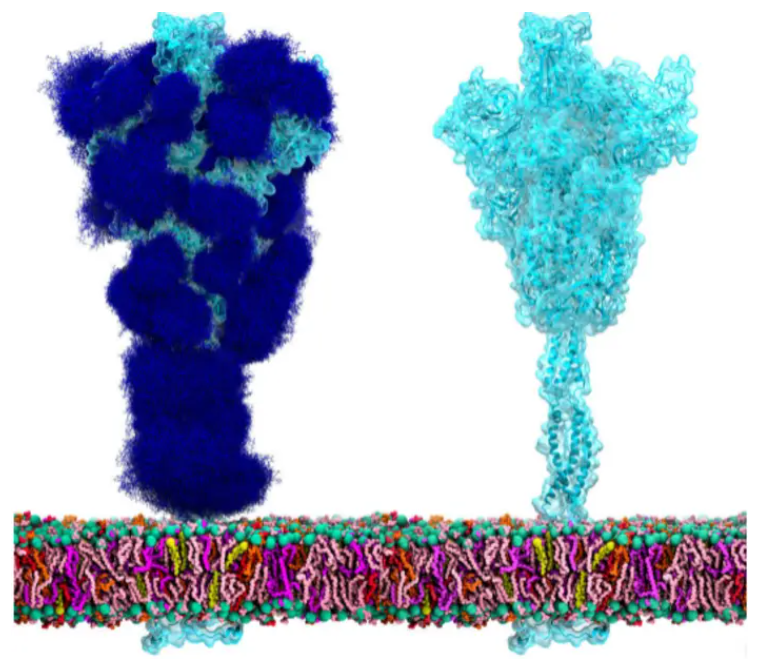
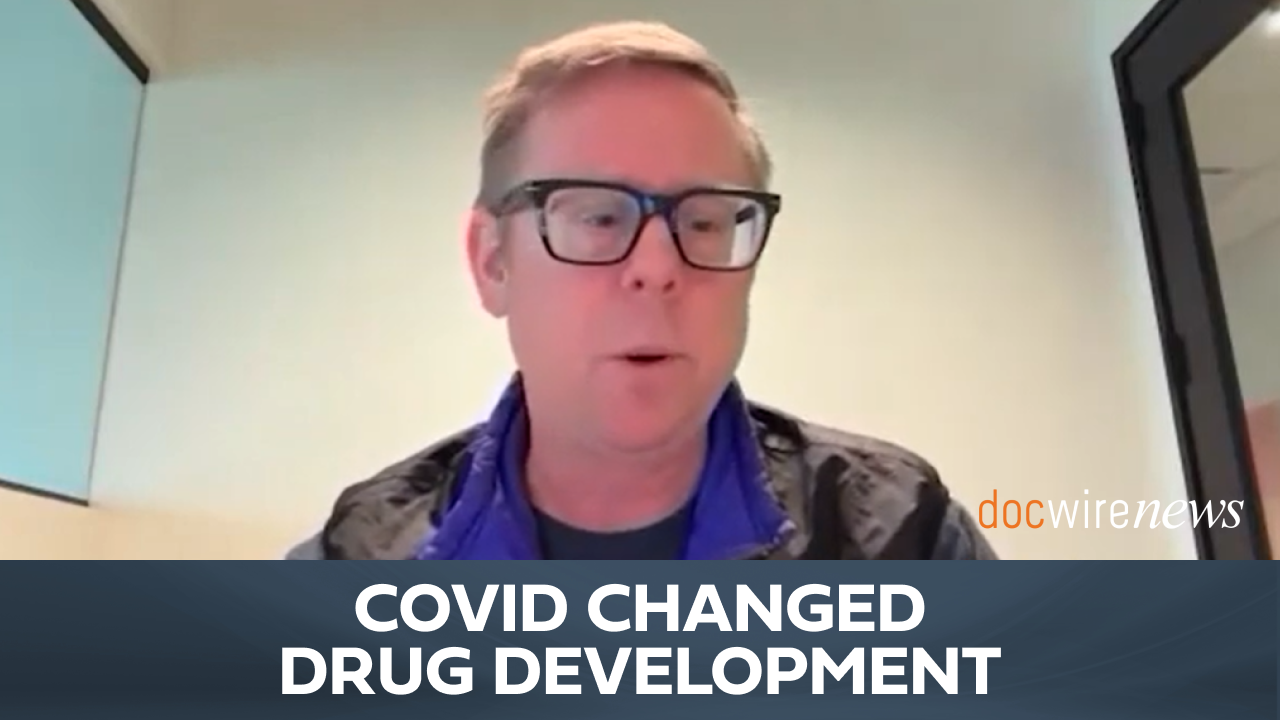
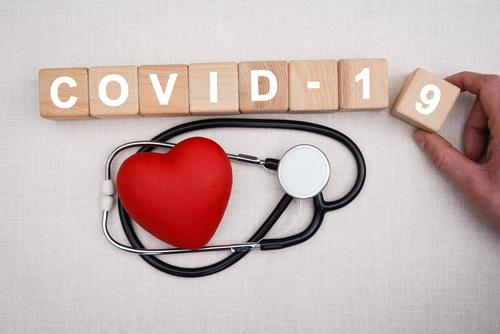
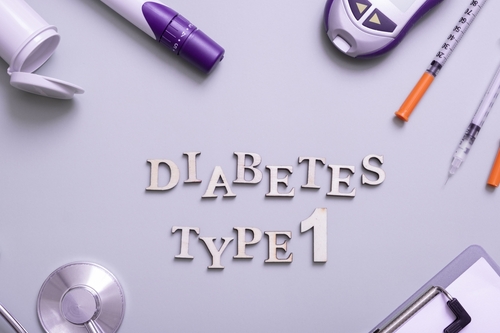
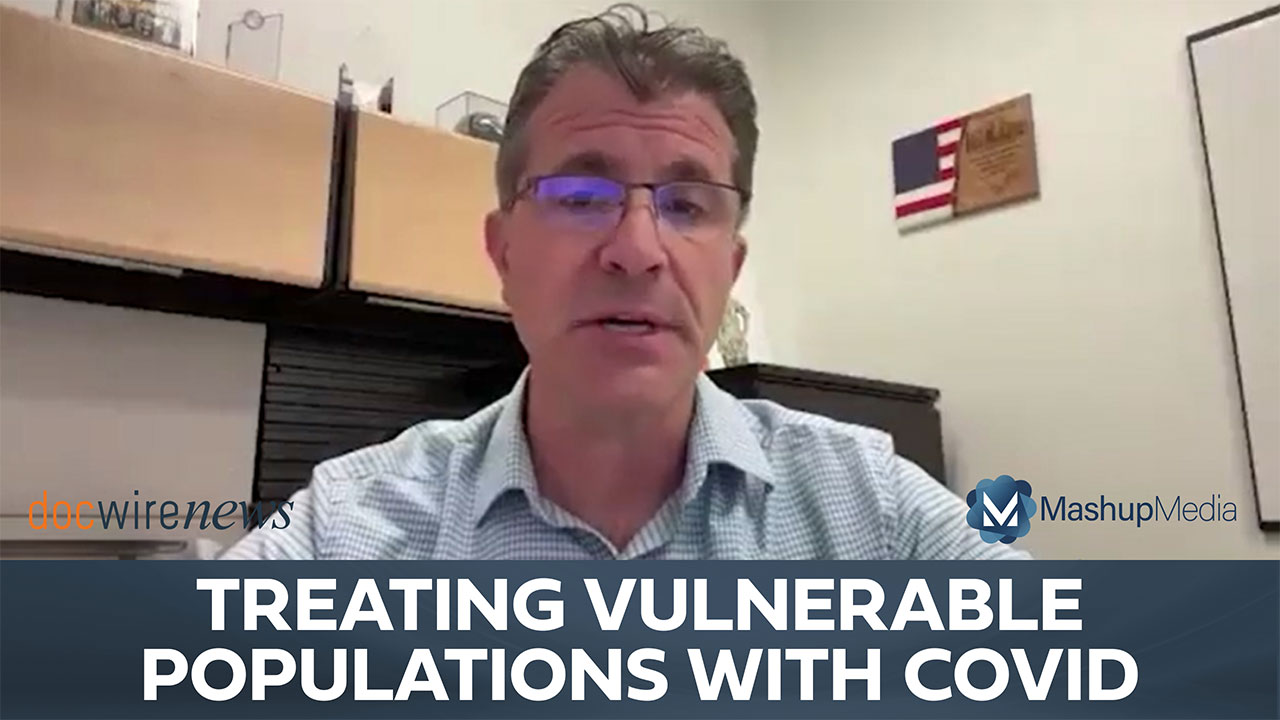

 © 2025 Mashup Media, LLC, a Formedics Property. All Rights Reserved.
© 2025 Mashup Media, LLC, a Formedics Property. All Rights Reserved.